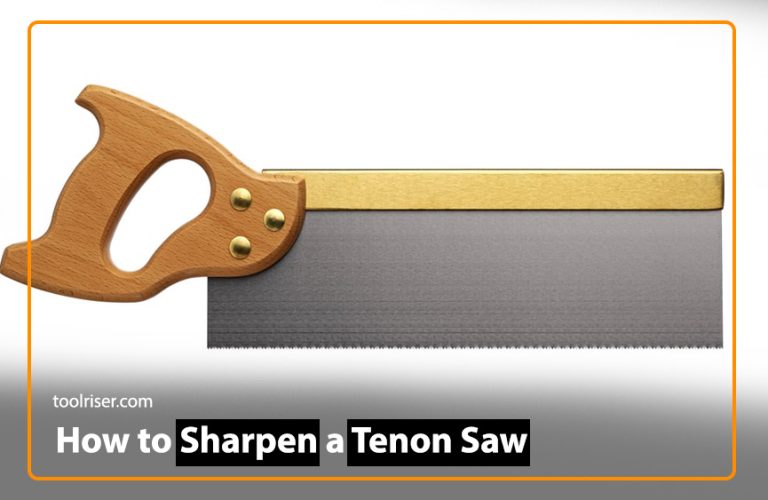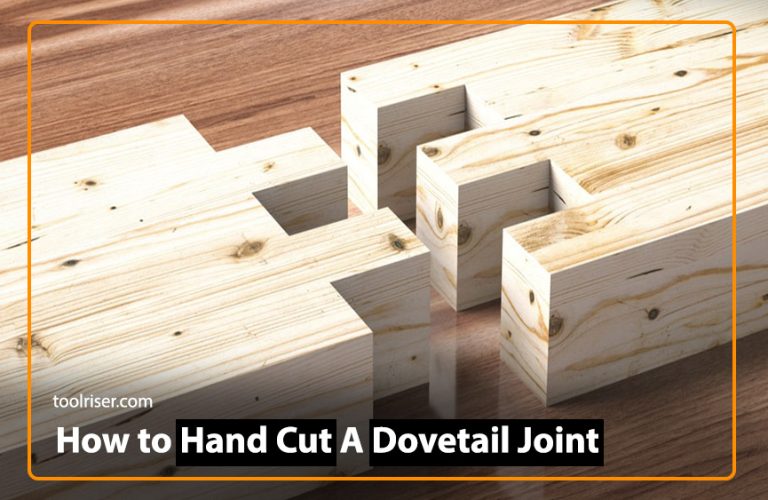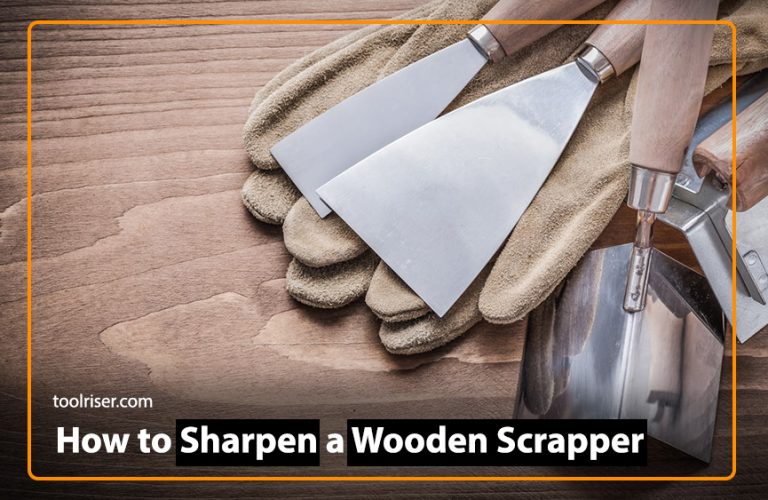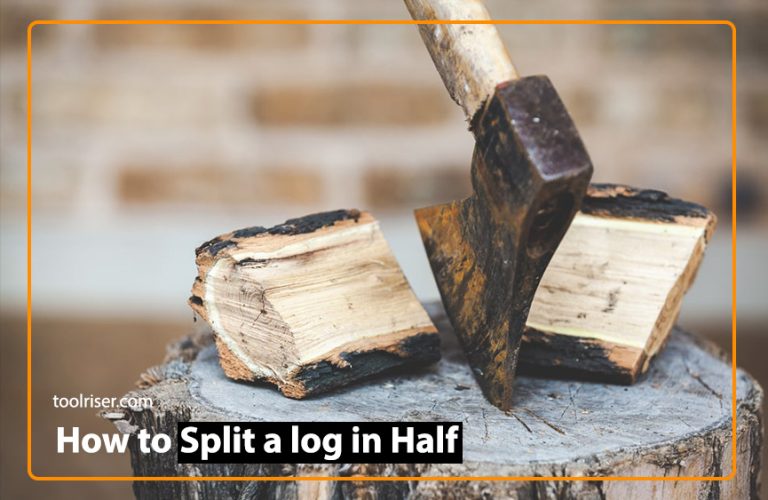How to Properly Drill a Hole in a Wall
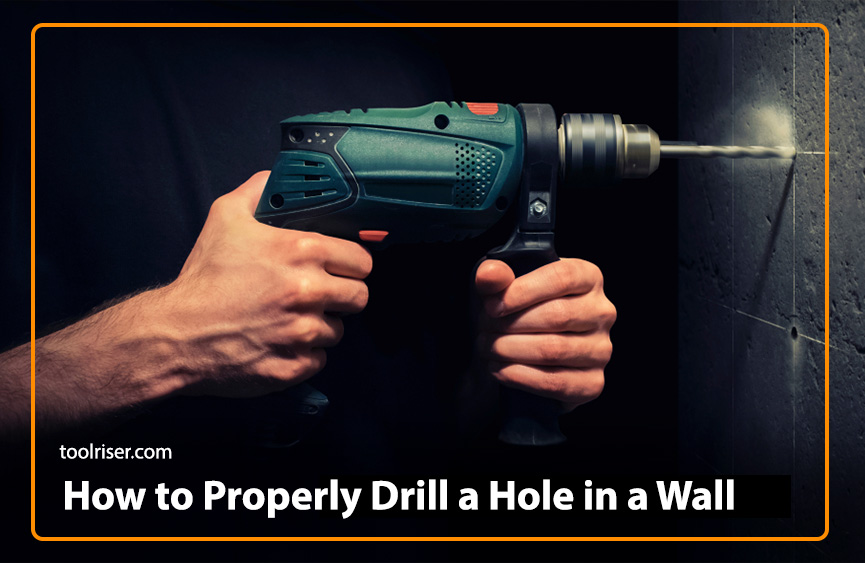
Drilling holes in walls is a common task for various purposes such as hanging shelves, pictures, or installing fixtures. While it may seem straightforward, proper technique and safety precautions are essential to ensure successful outcomes without causing damage.
Required Tools and Materials
Before beginning any drilling project, gather the necessary tools and materials. These typically include a power
- Drilling Machine
- Drill bits,
- Measuring tape,
- Pencil,
- Level,
- Safety Goggles
- Dust Mask
Basic Steps to Properly Drill a Hole in a Wall
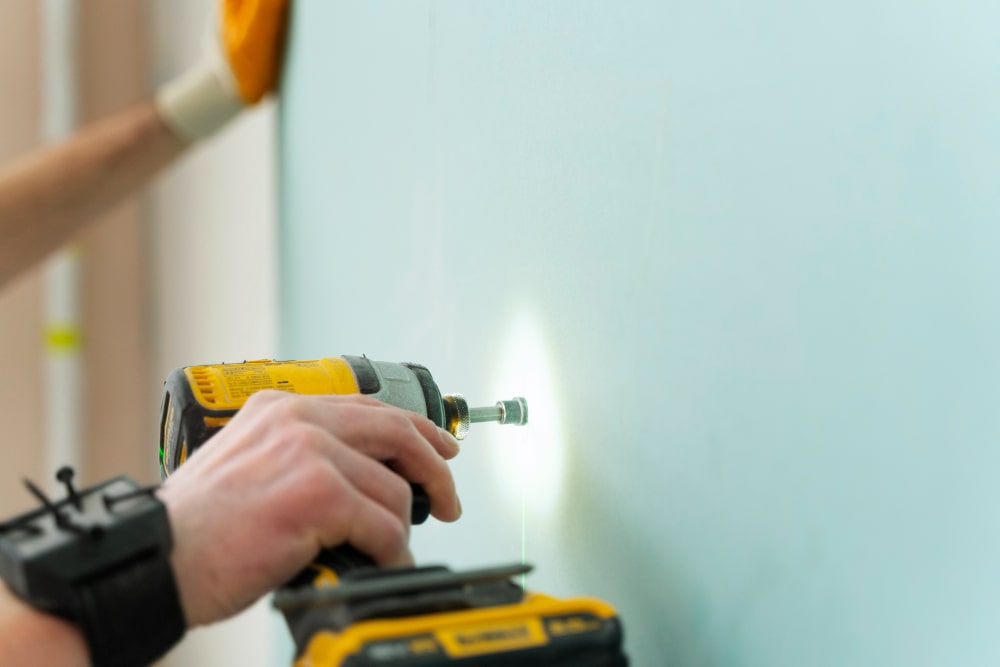
Today, we discussed all the steps to properly drill a hole in a wall. This blog will cover each and every step regarding hole drilling tasks.
1. Finding the Right Spot to Drill
Identifying the correct spot to drill is crucial to avoid damaging electrical wiring, plumbing, or structural elements behind the wall. Use a stud finder to locate studs or pipes before drilling.
2. Marking the Spot Accurately
Once the drilling spot is determined, use a pencil and a level to mark the precise location on the wall. Double-check the markings to ensure accuracy before proceeding.
3. Choosing the Correct Drill Bit
Selecting the appropriate drill bit for the job is essential. Consider the type of wall material and the size of the hole needed when choosing a drill bit.
4. Setting up the Drill
Before drilling, ensure the drill is set to the correct speed and direction. Hold the drill firmly and position it perpendicular to the wall surface.
5. Begin Drilling
If you are drilling into drywall:
- Use a low speed to start the hole, and increase as needed.
- Apply gentle pressure and let the drill do the work.
- Drill straight and steady, being careful not to wobble.
If you are drilling into masonry or concrete:
- Set the drill to hammer mode.
- Start at a low speed to carve out a guiding groove.
- Increase speed and pressure as you get deeper into the material.
- Be patient—it’s tougher to drill into and may take longer.
6. Steady Pressure while Drilling
Apply steady pressure while drilling, but avoid pushing too hard, which can cause the drill to slip or the bit to break. Start drilling at a slow speed and gradually increase as needed.Different wall materials require different drilling techniques. Adjust the drill speed and pressure accordingly when drilling into drywall, plaster, brick, or concrete.
7. Handling Unexpected Situations
If the drill bit gets stuck or breaks during drilling, stop immediately and assess the situation. Do not force the drill or attempt to remove the bit forcefully, as this can cause further damage.
8. Proper Cleanup
Once drilling is complete, remove any dust or debris from the hole and surrounding area. Patch any holes as needed and clean up any mess created during the drilling process.
Common Mistakes to Avoid
There are some common mistakes to avoid in this process such as drilling too close to electrical outlets or pipes, using the wrong drill bit for the material, or drilling without proper safety precautions.
Importance of Properly Drilled Holes
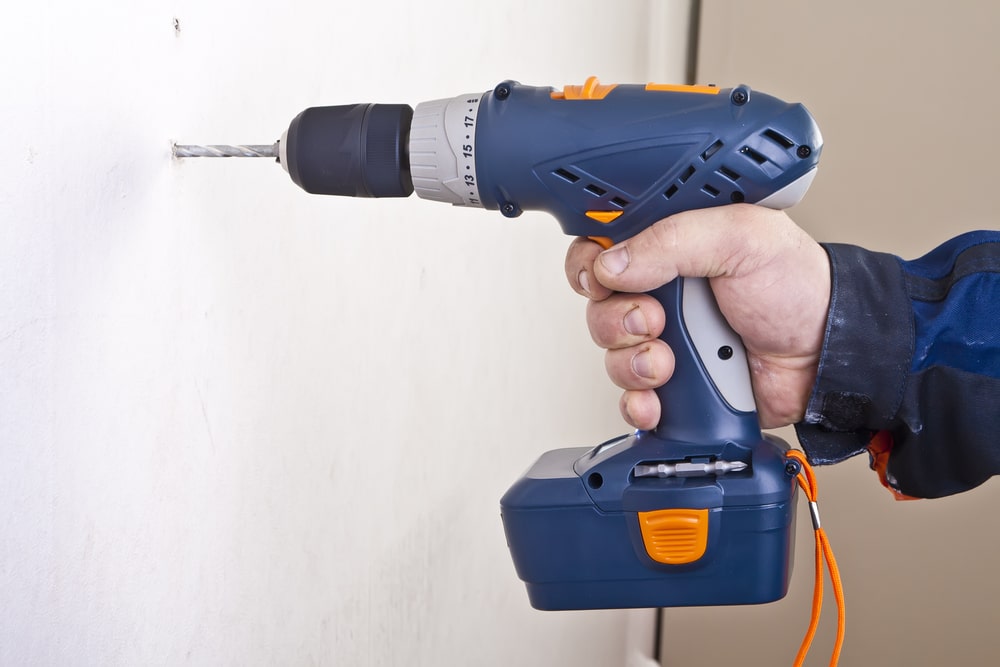
Properly Drilled Holes
- Ensure Secure and Stable Installations
- Preventing Damages to Walls
Taking the time to drill correctly saves time and money in the long run.
Safety Precautions Before Drilling
Safety should always come first. Wear appropriate protective gear such as safety goggles and a dust mask to prevent eye injuries and inhalation of dust particles. Ensure the drill is powered off before inserting or removing drill bits.
FAQ’s
1. How deep should I drill into the wall?
Ans. The depth of the hole depends on the type of anchor or fastener being used. Refer to the manufacturer’s instructions for guidance.
- Can I use any drill bit for drilling into concrete?
Ans. No, it’s essential to use masonry drill bits specifically designed for drilling into concrete or brick walls.
3. Do I need to wear a dust mask while drilling?
Ans. Yes, wearing a dust mask is recommended to prevent inhalation of dust particles generated during drilling.
4. What should I do if I hit a stud while drilling?
Ans. Stop drilling immediately to avoid damaging the drill bit or the wall. Adjust the drilling location slightly and try again.
5.How do I patch holes in walls after drilling?
Ans. Small holes can be patched using spackling compound or putty, while larger holes may require drywall patches and joint compound.
Read Also: How to Use a Hammer Safely? A comprehensive guide 2024
Read Also:- How to Make a Wooden Hook: A Complete Guide 2024
Conclusion
Drilling a hole in a wall is not much of a daunting and difficult task. With the right tools, protection, and a careful approach, anyone can do it. Remember to always consider the material you’re drilling into and what you’re hanging. It’s better to take your time and do it right than to rush and risk a mistake.
We hope all these steps mentioned in this blogpost will help ensure that your drilling experience is successful and safe. Happy drilling!

